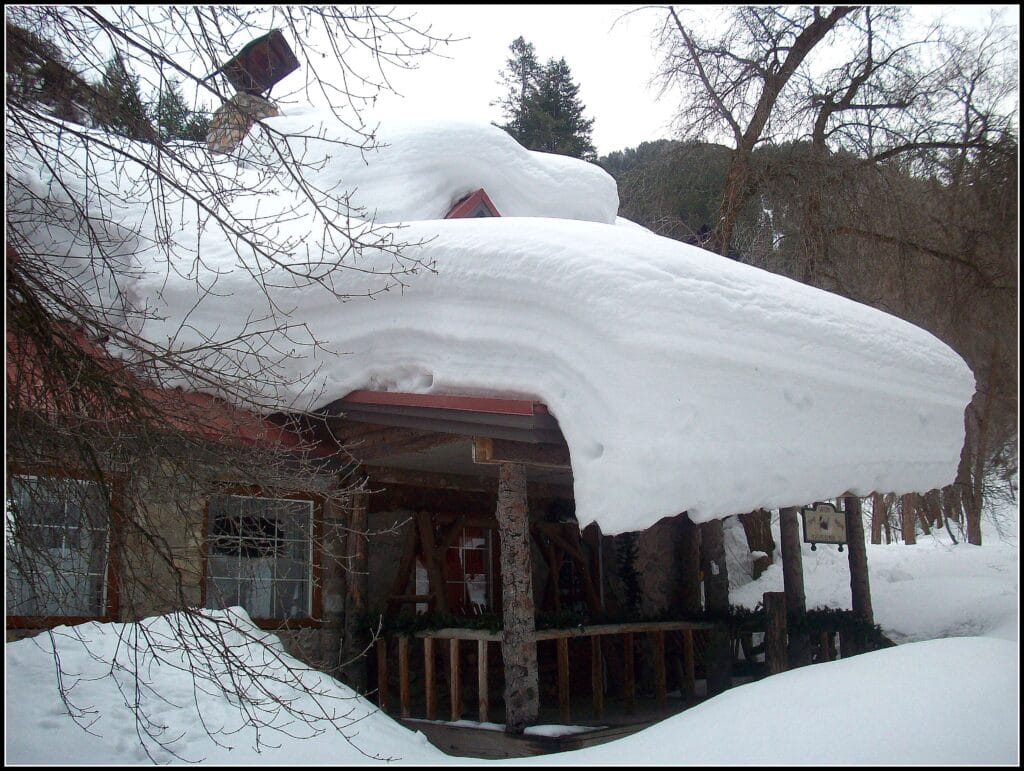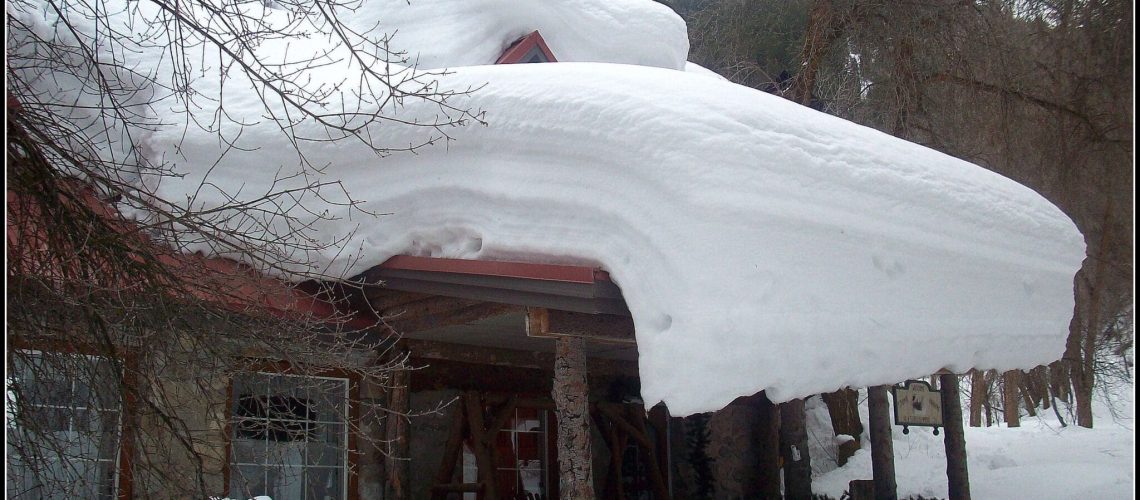
Although Oklahoma doesn’t see too much snow, you should be ready in case we get a winter storm. Allowing snow to pile up on can cause damage in lots of ways. In order to avoid any unwanted damage, reference the tips below.
Heavy Snow Can Cause Water Leaks
Whenever snow accumulates on your roof, it can start to get wet on the bottom when it melts and cause leaks. This is a major reason to avoid allowing snow to remain on your roof.
Ice Can Freeze In Your Gutters
Whenever snow begins to melt, it will runoff into your gutters and freeze at night. This can cause desaster to your gutters and now water will have no where to drain.
If your roof is flat and surfaced with asphalt and pebbles, as many are in the Southwest, rake or blow off fall leaves and pine needles, which hold moisture, says Bill Richardson, past president of the American Society of Home Inspectors, in Albuquerque. (Don’t sweep aside the pebbles; that will expose the asphalt to damaging sunlight.)
Structural Damage Can Happen
Along with water and gutter damage, the sheer weight of the snow can cause damage. The weight of the snow can cause to collapse and cause more damage than you thought. The replacement of your roof is increasingly more expensive than clearing the snow off your roof.
Major insulation upgrades aren’t something to do hurriedly right before winter. A home that is in serious need of more insulation should be carefully evaluated to ensure a quality job. But there are some areas you can easily insulate to help ready for winter.
hen warm air rises from your heated living spaces, it warms the shingles of your roof and the snow that covers it. This leads to snow melting and dripping down to the colder edges of the roof where it refreezes as ice. Once the ice grows thick enough, it backs up further snow-melt behind it, causing water to seep under the shingles, and eventually into your home through leakage points. Leaks are made the more likely when backed up water freezes and thaws, working its way into nooks and crannies and expanding them. The number one way to prevent an ice dam is by insulating and ventilating your attic, but you can also lower the risk by cleaning out gutters and downspouts in late fall and using a roof rake to remove snow from the roof’s edges. You can also install heat trace cables in the gutters to keep melting snow flowing, thus preventing backups.


